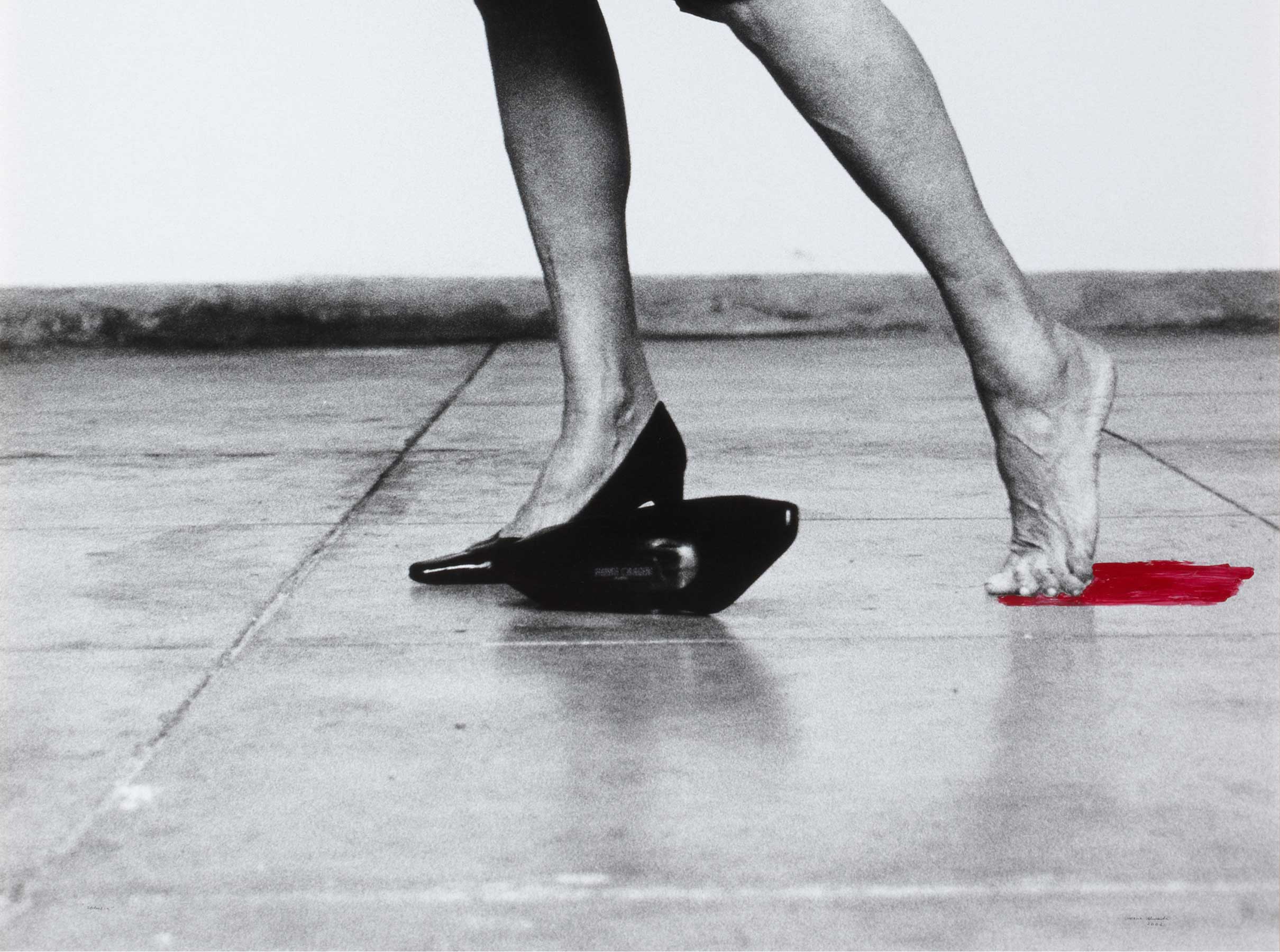Paisaje de Fuenterrabía [Fuenterrabía Landscape]
- 1927
- Oil on canvas
- 73 x 86 cm
- Cat. P_270
- Acquired in 1979
This is probably the finest in terms of quality of the five works by Daniel Vázquez Díaz in the Banco de España Collection, and the most representative of the artist, who was one of the best to continue the visual strategies introduced by Cubism. This painting boasts an extraordinary wealth of colour, where blues, greens and greys prevail, and its composition consists of schematic layouts inherited from the Cubism of Cézanne, which tended towards monumentality and a geometrisation of the landscape and architecture. The consistent execution of the group of boats, similar to the upper part of the buildings, reveals how he masterfully constructs a robust interweaving of blocks, a common feature of his landscapes of that time (1927). It is an energetic painting, which is carefully counterbalanced, with a dense scheme of thick colour with a great variety of subtle tones.
Other works by Daniel Vazquez Díaz

![Paisaje de Fuenterrabía [Fuenterrabía Landscape]](/f/webca/INF/assets/img/fff.png)